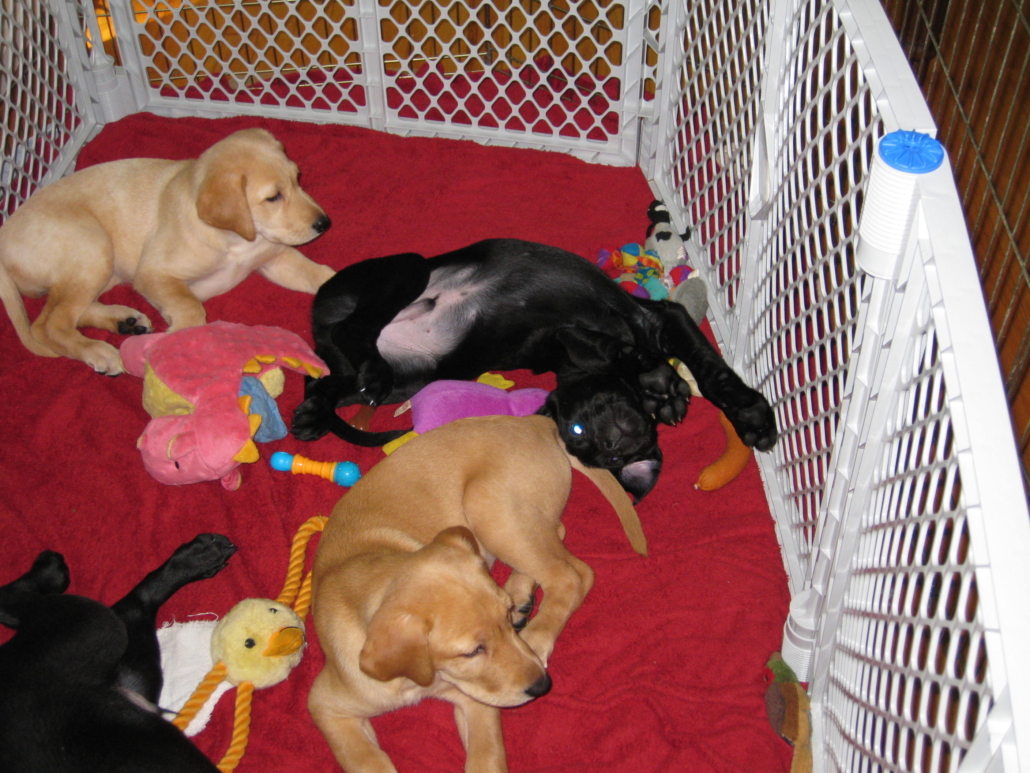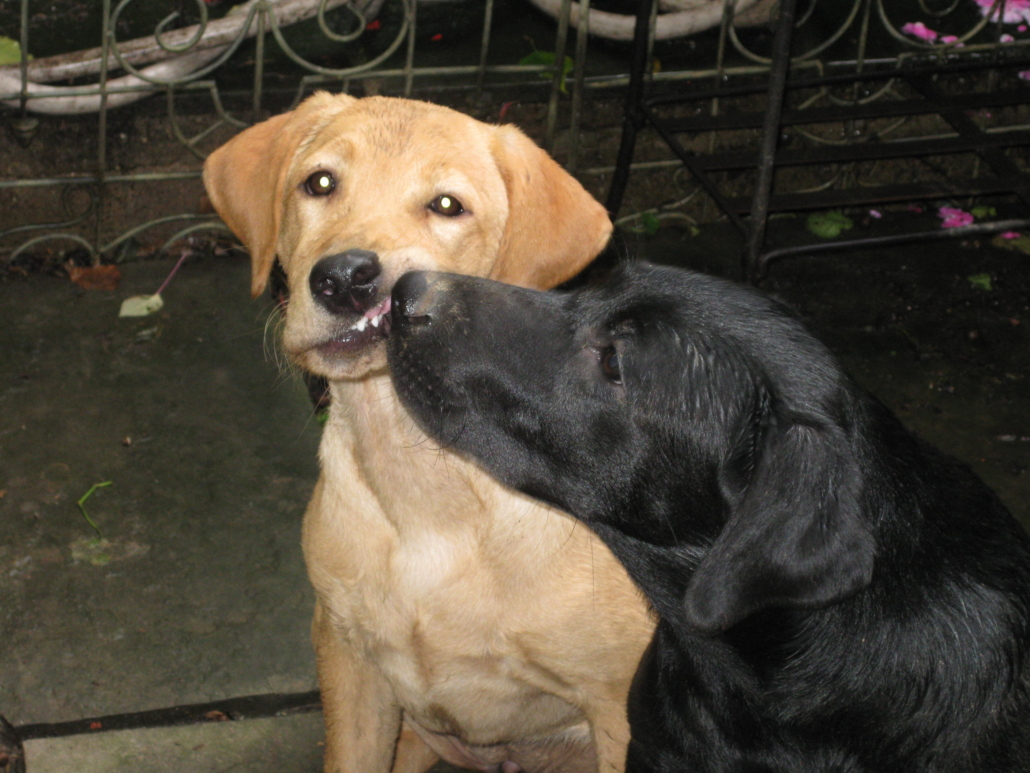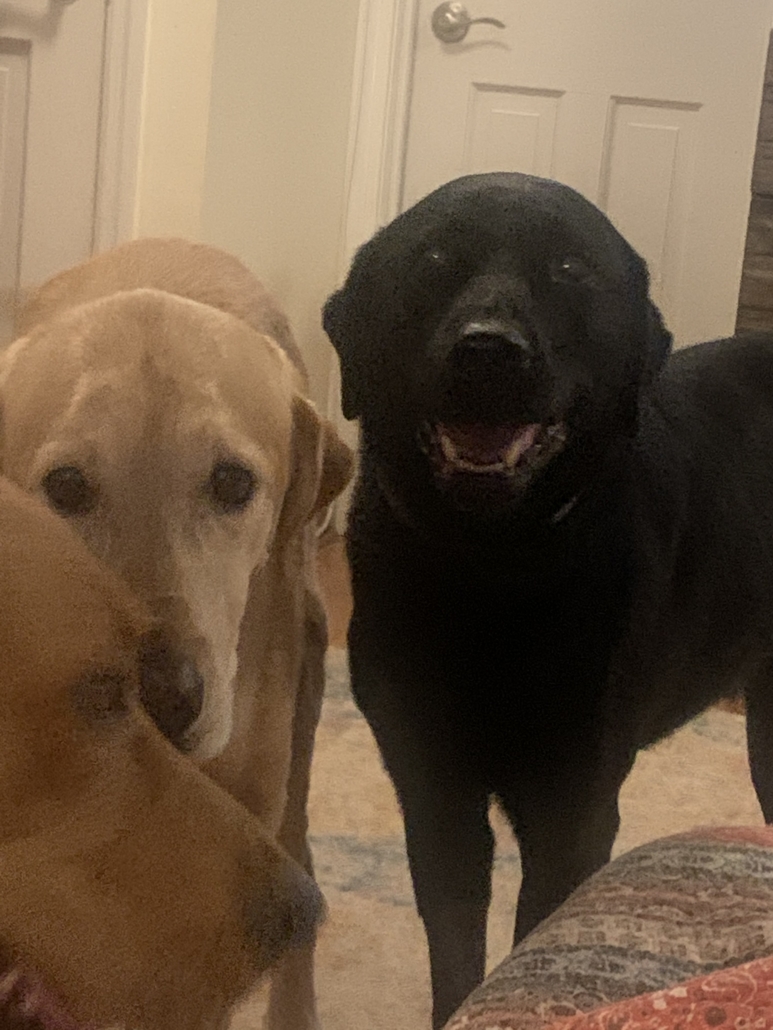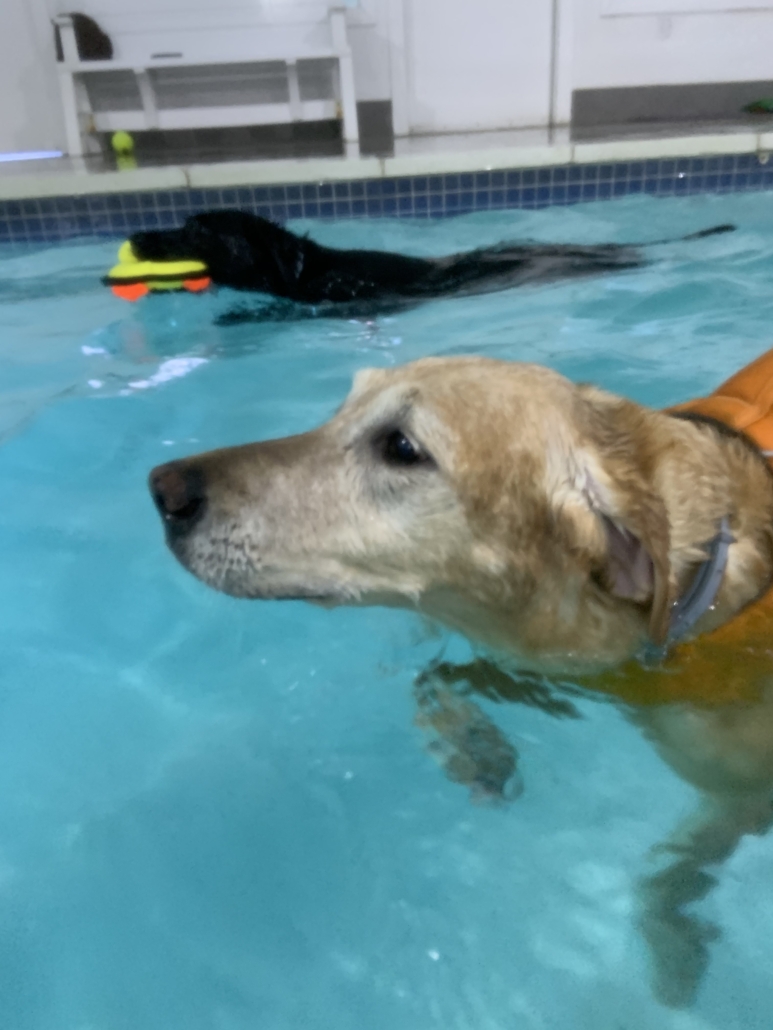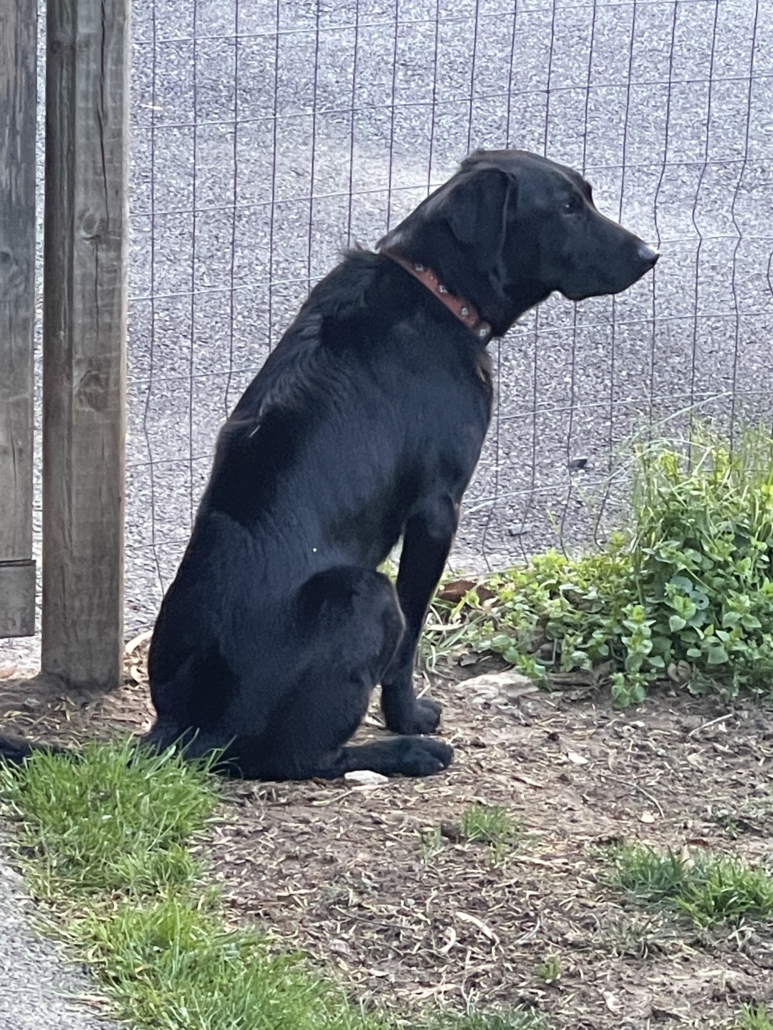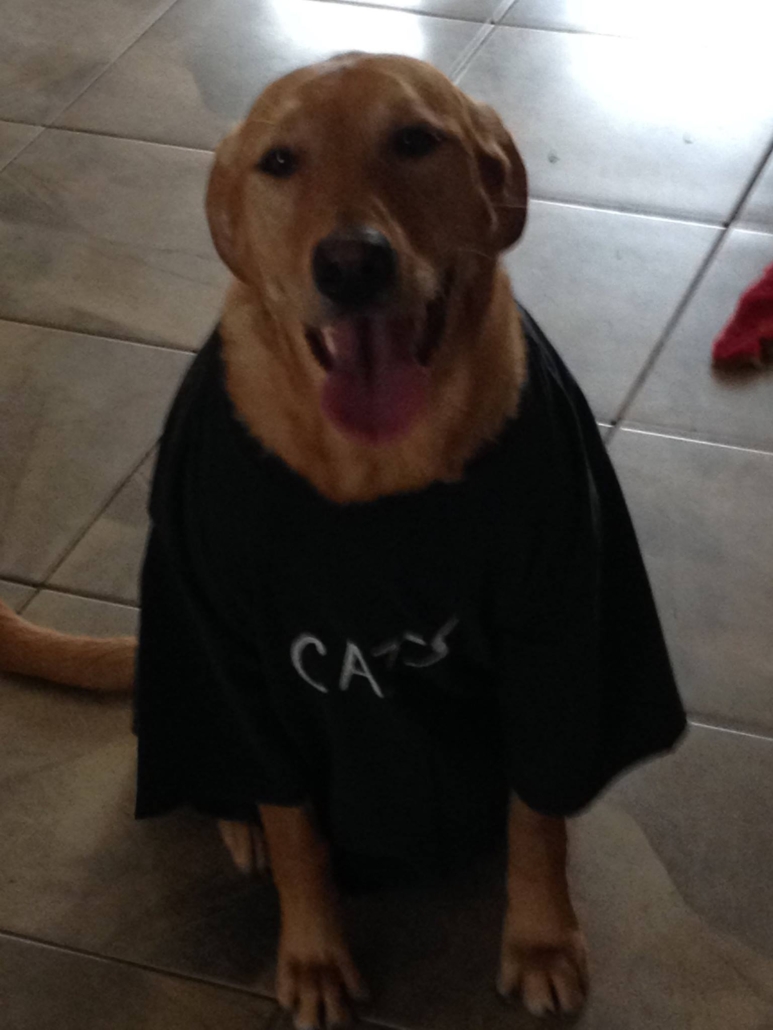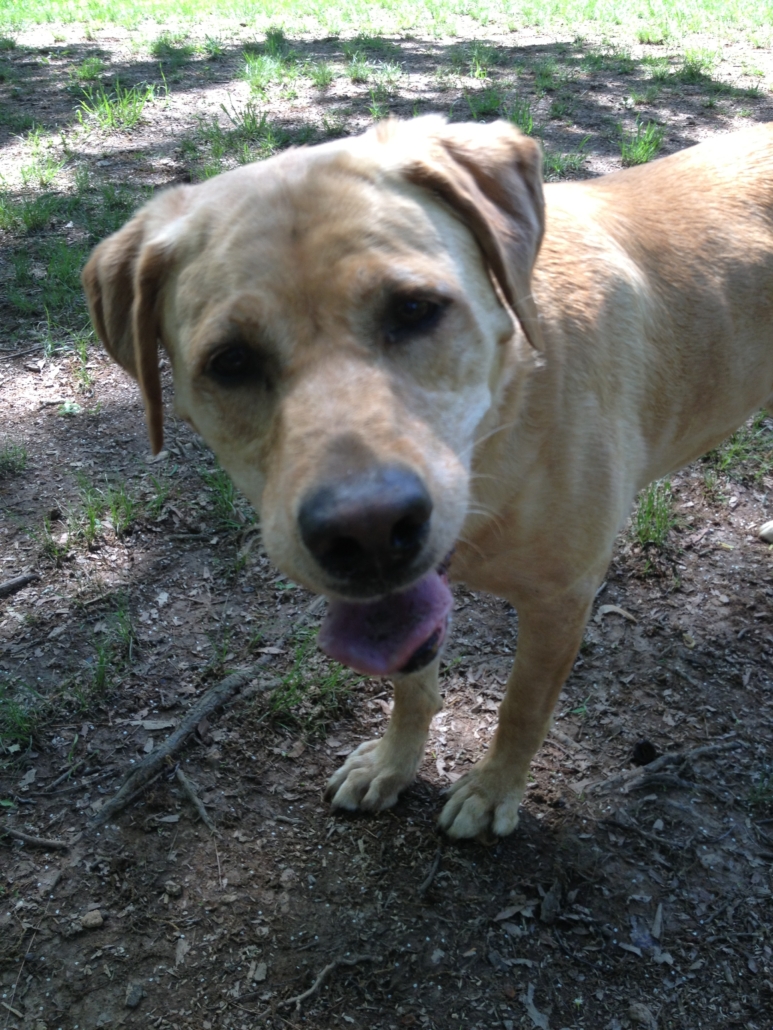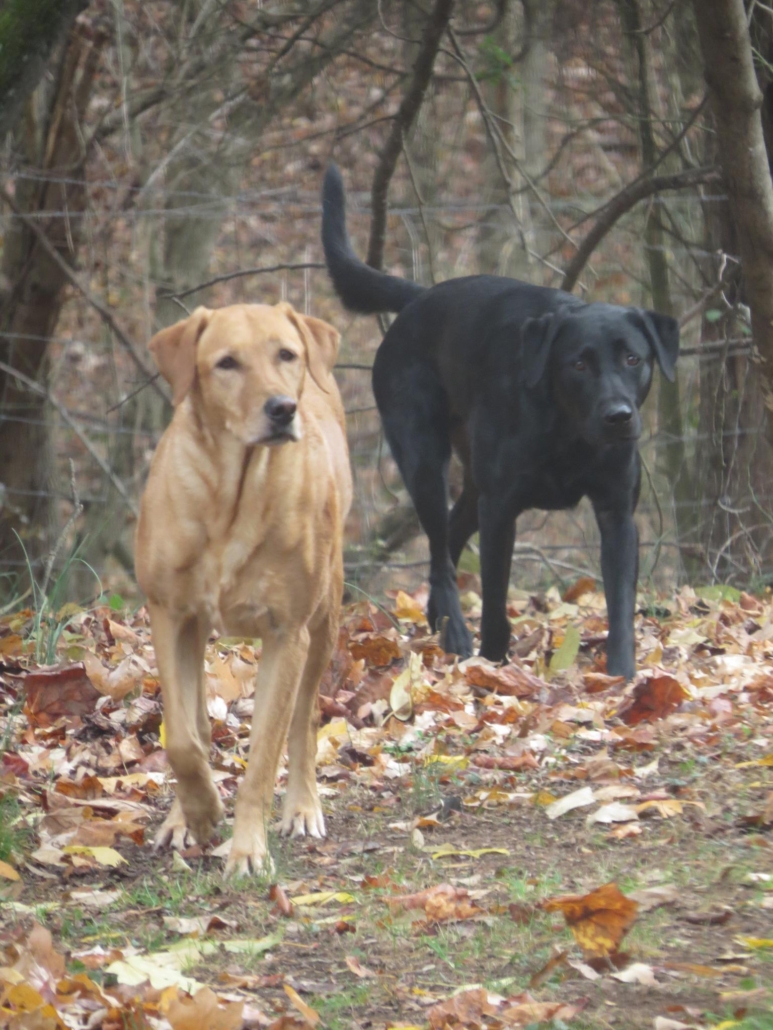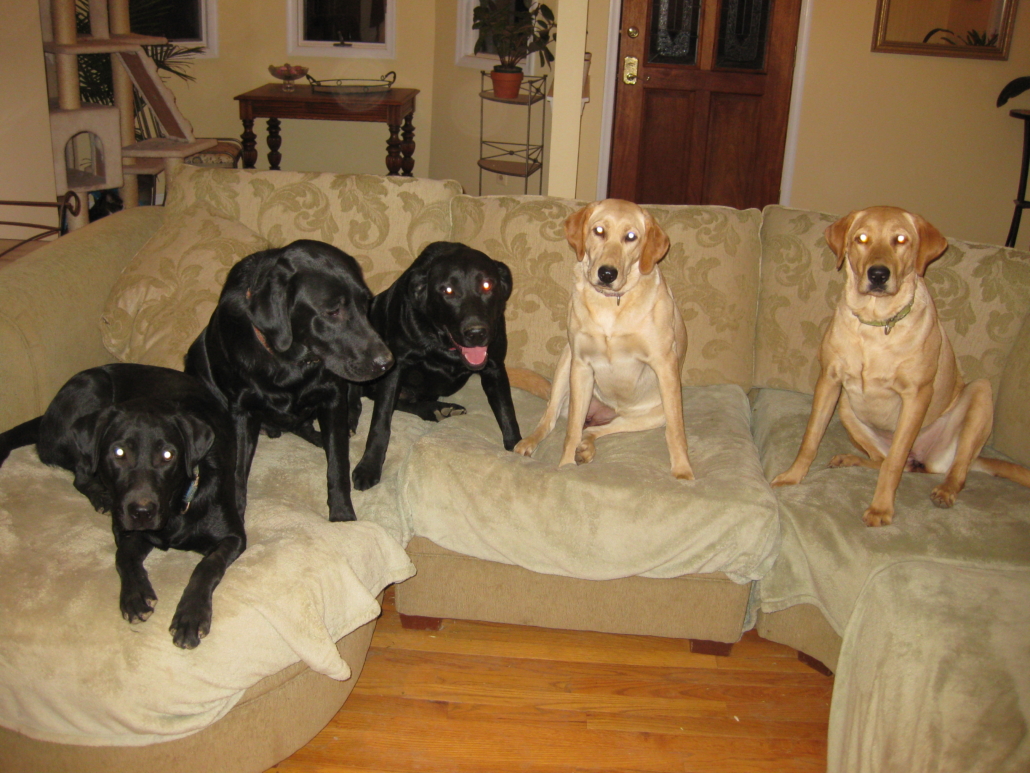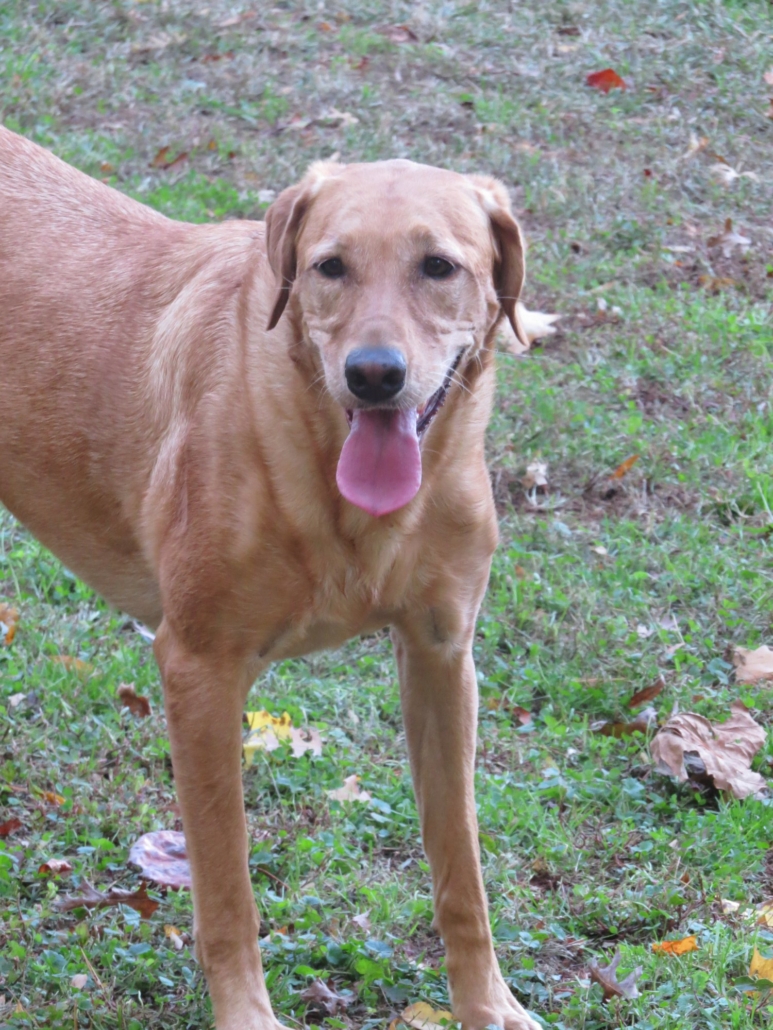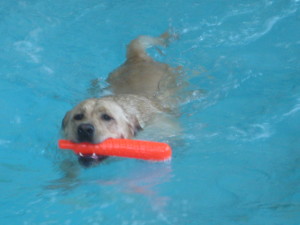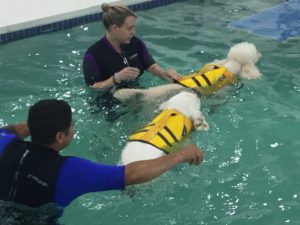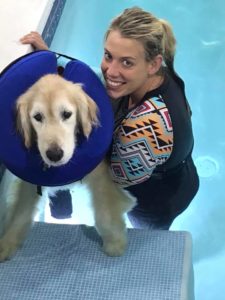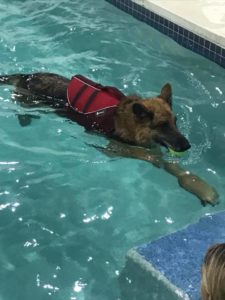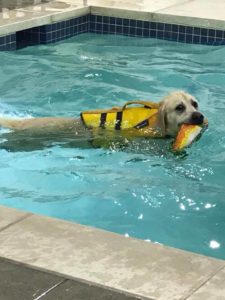Sophie is gone after 14 years and 42 days together. She is gone. I let her go while she was still Sophie. I did not cry until she was gone because the last thing I wanted was for her to leave worried about me.
I am still smiling at a comment that Adrienne, at my vet, made two weeks ago when we arrived for acupuncture. You see, Sophie hated waiting. When she was going someone, she was going through the door with no desire to wait in the waiting room. She was always ready to go to the specific room, rehab, acupuncture, echocardiogram or ozone treatment. Everywhere she went, patience was not her forte. So, that day, two weeks ago or so, Sophie rushed to “her room”. Adrienne managed to open the door for Sophie and then went on the other side and told our vet “The Queen has arrived!” It was so perfectly said! Still smile about it.
Sophie was diagnosed with cardiomyopathy in 2017 and had an echocardiogram every six months. I was always taking the earliest appointment at CVCA because she was SO diva and I always thought “how could her cardiologist have my Sophie at 4;00pm if he had ten Sophies before her? But Dr. Cain was so patient. The last two times, Sophie refused to go to the exam table for the echo. She was standing up in the room like telling him “I can do that. I will stand up on the floor and you do your thing, but the table is off limits!” and he did. I hope that every single dog with heart issues has a Dr. Cain in their lives. And amazingly, the heart did not fail her. She kept rebounding, and yes, she was my rebound girl.
Sophie was part of the only litter I ever had. She was born on March 21st, 2009, the fourth to come. Before her came George, then Jackson, Zoe, Sophie and the day after, March 22nd at 2:00am my sweet Max.
From the beginning her nickname was Ms. Piggy. That girl was on the milk bar nonstop!
She was my smarty pants gal! Half lab, half monkey. I called those kids my “mutts” (they were purebred labs with an amazing pedigree!) but it was my nickname for them because they were so different from each other even with the same upbringing. They were going in every direction. It was muttstown at home.
When young, the five of them were sleeping in a big playpen at night, and Sophie was out of it as soon as I was closing the door on them, climbing out of that playpen in one second. She was not doing playpen at night, only the couch!
Her best friend was George. Those two bonded from the minute they were together. She could argue with Zoe, ignore Jackson, scare the crap out of Max that she loved to bully, but George was her partner in crime. Where one was, you could be sure that the other one was there too, somewhere.
When George died suddenly at the age of 3 from asymptomatic Lyme nephritis, she waited for him forever at the door. Years later, if I said George? (And I might have done it a few times), she was rushing to the front door even in the houses where he did not live. She waited for George to return her whole life.
Max was another story. Max was very sweet, and she loved to bully him. Every time, he was going to the yard, she was having so much fun, dragging him around the yard by his collar. It went to a point where Max refused to go outside if Sophie was in the yard. So, smarty pants Sophie went hiding behind the only tree in the yard. Max thinking the yard was Sophie free was going there and as soon as his four paws were on the grass, here was coming Sophie at full speed! But they loved each other. She was very, very close to him later in life until he died in September 2021 from nasal cancer.
Sophie being Sophie hated swimming with a vengeance! The only time, she managed to do a decent job was when I was bringing Max as well. She hated the fact that Max was having fun in the water so at that time, she was faking liking swimming like in the picture below!
This is exactly why Ziggy happened in our lives! Max’s best friend was Zeke, and when Max died, Zeke stopped having fun. Refusing to walk, to go to my truck and even to swim. When I was taking him to the pools, he was going to pick up a fish, and then go back to the door to go home. For over a month, he was not Zeke anymore. There is a Zeke with Max and there was the Zeke after Max who suddenly grew up and became a very serious dog.
My thoughts were that he could not be an only child when Sophie was gone, and Ziggy happened, my tornado Ziggy, happy, loving and a real tornado. But what I did not anticipate was that Ziggy bonded with Sophie and Sophie bonded with him. She never bonded with anyone besides George. As always, she surprised me. She was a mother hen for him.
Even today, with Sophie gone, we have a ritual every morning. Before we go for a walk, Ziggy has to stay still and quiet, because you see he has a lot to talk about, but I do not put his harness until he shuts up, and every morning when he stops talking, and stands still, Sophie barks like “Nobody tells baby to shut up!” and this morning again, Ziggy got startled by the silence while I was putting the harness on.
I am not sure scientists have discovered this but I can tell you, after living with dogs for over 35 years, dogs mourn, and my Ziggy is in mourning. He is waiting for Sophie to come back. As soon as I open the front door, he rushes to the gate and waits, waits and waits for Sophie to return.
Sophie was named Sophie because of children books that I loved as a kid by the Comtesse of Segur. One of the characters was Sophie, a free spirited gal, and mission accomplished the name fitted my Sophie as a glove.
Sophie was a lot like her Mom on the tennis ball side. Both girls never said no to a tennis ball. I remember Lola waking me up in the middle of the night with her tennis ball and her big eyes telling me “Come on Mom, let’s go play!” and very often I was grabbing a flashlight and we were going to play ball in the middle of the night while the mutts were sound asleep. Next to Lola’s ashes, her tennis ball is there by her side.
And do not get me started with squirrels. Any squirrel coming to our yard had a death wish. She was like a patient cat, lying in the grass, waiting for a mistake, any mistake, then lunging at that squirrel. I know it’s gonna sound pretty gross, but she was only eating the head, then running around in the yard with the body, and bringing it back home to her siblings triumphantly. She then acted like a Diva for a few hours!
Labs have a great sense of humor. I think that’s why I love that breed so much. Count on Sophie to make life interesting. One day she brought back to my bedroom a black snake which escaped at one point and disappeared in my bedroom in the attic. This was the time where I slept on the couch downstairs for at least 3 months until I decided the chance to meet that snake again was pretty slim.
The last year of her life was tough. I despised as much as she did the Help’em up harness which became a necessity at one point when it was hard for to get up on her own. The first time I put the harness, she looked at me like “in your wildest dreams woman!” but little by little she kind of liked the help it provided to her.
Sophie being Sophie, she could bark in the middle of the night to go out. To do any business? Absolutely not! She just had the impulse to smell the roses or whatever was in the grass that night. Scents might just be enhanced. Not sure, I did not google it, but I could see my girl going slowly around at 2:00am trying to get every scent around.
Opposite to three of her siblings and her Mom who all died from cancer, different one each but cancer it was, Sophie wanted choices in her life: cardiomyopathy, two torn cruciate with yes of course two TPLO surgeries, IBD, hip dysplasia, arthritis like everywhere, fibrosarcoma and then added last year seizures in her menu Seizure which disappeared for ten months until they started to come back with a vengeance.
I am not sure Sophie would have ever wanted to go, so I had to make the choice for her, and let her go while she was still Sophie. She gulped down ice cream cookie, chicken treats (screw the IBD!) and a KitKat before crossing over the Rainbow Bridge.
On the other side, she was welcomed by her mom, Lola, her siblings, George, Jackson, Zoe and Max, and hopefully her Dad too, the amazing FC Honor.
Heaven get ready! The Queen has arrived!
Run free my sweet girl. You left so many paw prints in my heart.
Love,
Mom


